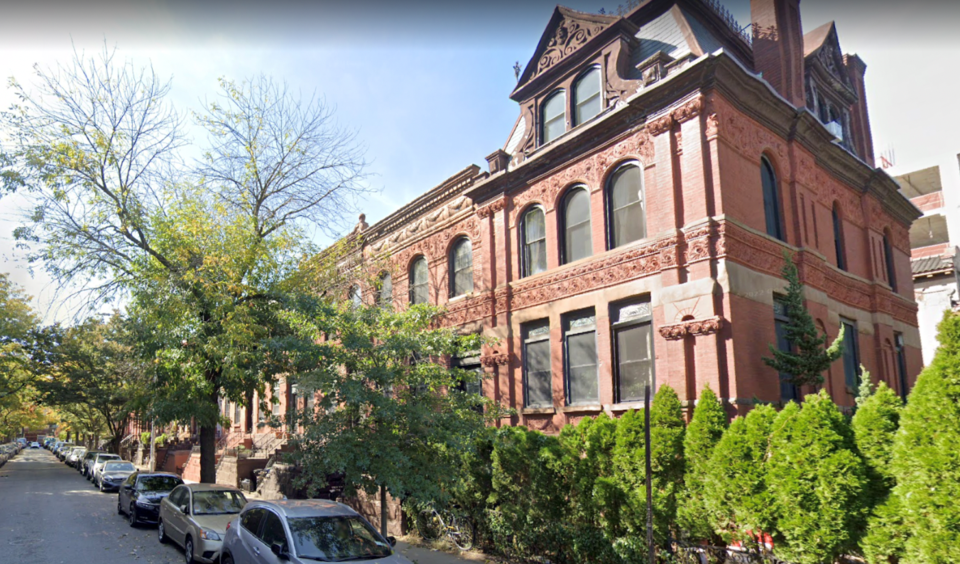New York City’s Landmark Preservation Commission has recently proposed designating a section of Linden Street as the first historic district in Bushwick, reports The Brooklyn Paper. On the block of Linden Street between Broadway and Bushwick avenues, city advocates and historians are pushing for a group of 32 brownstones built between 1885 and 1901 to be protected by landmark status.
“Despite the Bushwick mansions’ grandeur, nothing beats the big red classics on my block, Linden Street,” said a block resident, Deborah Hicks.
Bushwick is one of the original six Brooklyn neighborhoods chartered by the Dutch in 1661. The Linden Street row houses represent a variety of original late-19th-century architectural styles, complementing each other to create a historic streetscape.
Minor construction has been done throughout the years on some of the houses, but still, they are rare architectural feats as they all share common features such as height, materials, color, decorative cornices, slightly recessed entries and most notably exhibit different stylistic ornamental patterns on their exterior.
“As evidenced by the new apartment buildings along Bushwick Avenue and elsewhere in the community, stylistic nods no longer occur in Bushwick,” stated Kelly Carroll, the director of advocacy at the Historic Districts Council.
There are eight landmark registrations in the vicinity, including Brooklyn Public Library’s Dekalb branch and the Ridgewood Masonic Temple.
And while The Historic District Council enthusiastically supports the Linden Street Historic District designation, some residents have expressed concern on how the historic designation will limit the flexibility of their home ownership.
One resident, Erik Nilsen, testified in opposition of the proposal. He argued that the widespread designation of landmark status amid a citywide housing crisis only contributes to housing shortages by denying residential streets the ability to raise the maximum zoning allowed on surrounding lots.
“I myself being a native New Yorker only became a homeowner in its neighborhood because of the construction of these so-called featureless new buildings, particularly new condo construction, and I would not want to prevent other people from the same opportunity that I had.”




